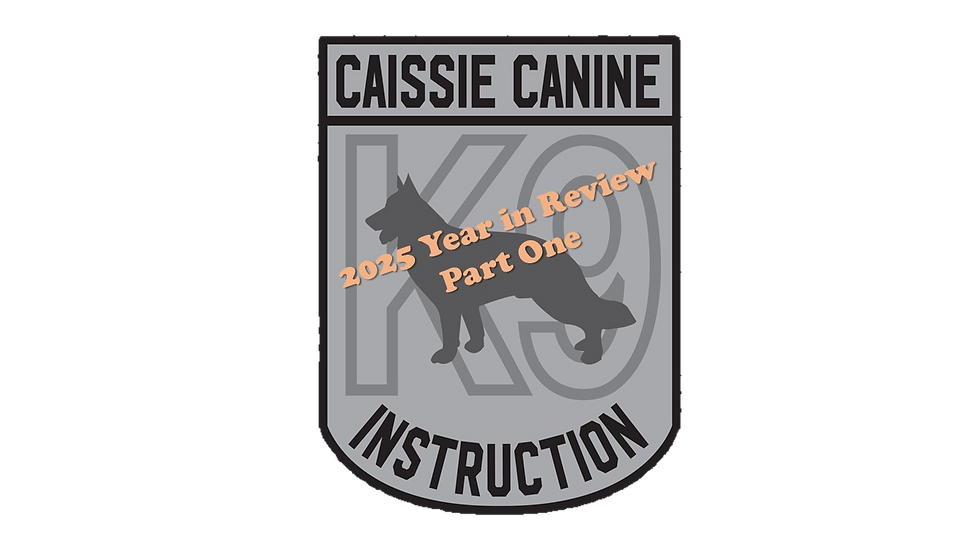Caissie Canine Instruction: K9’s Losing their Hearing
- caissiecanineinstr

- Aug 22, 2022
- 2 min read

We begin this week’s “RUFF TAILS” featuring a beautiful 4-month-old Chocolate Labrador Retriever named Indy.

My mom says I am lively, goofy, affectionate and love to meet new people and furry friends as well.

AND……..I am always up for a game of fetch!!!!
Welcome to Doggie Dialogue
In K9’s there are 2 types of deafness, congenital or acquired.

Congenital deafness occurs when your K9 is born deaf, or had a birth defect in the ear, or nervous system involved with hearing.

Acquired deafness is when your K9 is born with normal hearing but develops a blockage, infection, or has trauma to the ear or ear canal.
The most common form of deafness occurs in older dogs. Senile deafness develops gradually around the 12th or 13th year of age or the “third trimester” of your dog’s life.

Some pet owners do not realize their dog is experiencing hearing loss until it is fully complete. Owners mistake this age-related hearing loss (ARHL) to a behavioural issue or “selective” hearing.
Symptoms of deafness include little or no response to the sound of a squeaky toy, doorbell, other dogs barking, or responding to their own name. Some dogs with hearing loss can be difficult to wake up and may become startled upon waking.
When your dog begins displaying hearing loss, this can be frustrating, emotional, and discouraging. However, there are things you can do to help.
1. Take your dog to the vet to verify the cause of hearing loss.

The vet will check for ear canal disease, infection, or growth within the ear canal. Acquired deafness, due to a blocked ear canal or infection can be treated.
2. Try using hand gestures to communicate with your dog, as dogs naturally are entuned with your body language and will quickly pick up the hand gestures.

Training with hand signals in conjunction with verbal cues will assist your dog.
3. Vibrations are a great way to get your dogs attention. You can stomp on the floor, clap your hands before approaching your dog so you do not startle them.
4.
Putting your hand or treat in front of their nose when trying to wake them is a great way not to startle them.

5. Petting your dog when you are within their sightline or field of vision is recommended.
Remind all family members and friends not to approach or pet your K9 when they are asleep.
To keep your K9 safe, we recommend keeping your dog on a leash, invest in a dog tag that says, “I am deaf” and most importantly have a fenced in yard.

Remember patience goes a long way to maintain a positive canine relationship.




Comments